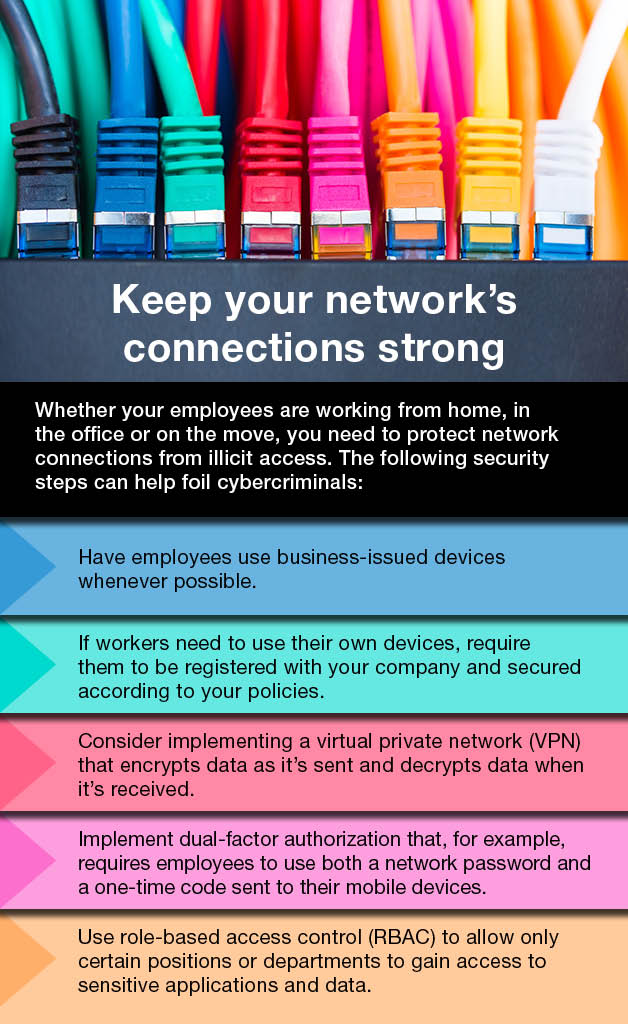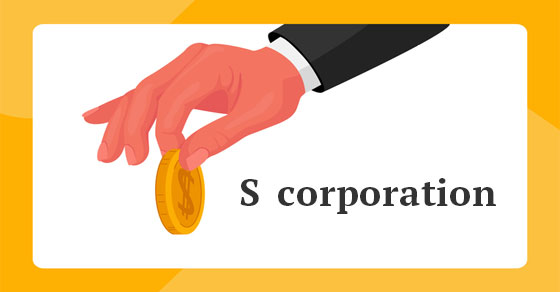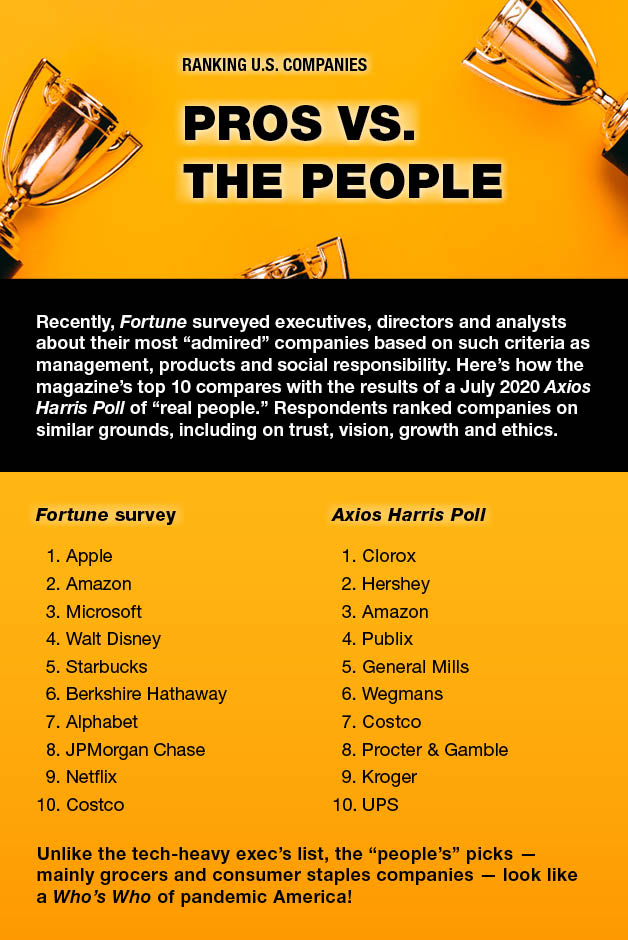
The IRS recently released guidance providing the 2022 inflation-adjusted amounts for Health Savings Accounts (HSAs).
Fundamentals of HSAs
An HSA is a trust created or organized exclusively for the purpose of paying the “qualified medical expenses” of an “account beneficiary.” An HSA can only be established for the benefit of an “eligible individual” who is covered under a “high deductible health plan.” In addition, a participant can’t be enrolled in Medicare or have other health coverage (exceptions include dental, vision, long-term care, accident and specific disease insurance).
A high deductible health plan (HDHP) is generally a plan with an annual deductible that isn’t less than $1,000 for self-only coverage and $2,000 for family coverage. In addition, the sum of the annual deductible and other annual out-of-pocket expenses required to be paid under the plan for covered benefits (but not for premiums) can’t exceed $5,000 for self-only coverage, and $10,000 for family coverage.
Within specified dollar limits, an above-the-line tax deduction is allowed for an individual’s contribution to an HSA. This annual contribution limitation and the annual deductible and out-of-pocket expenses under the tax code are adjusted annually for inflation.
Inflation adjustments for next year
In Revenue Procedure 2021-25, the IRS released the 2022 inflation-adjusted figures for contributions to HSAs, which are as follows:
Annual contribution limitation. For calendar year 2022, the annual contribution limitation for an individual with self-only coverage under a HDHP will be $3,650. For an individual with family coverage, the amount will be $7,300. This is up from $3,600 and $7,200, respectively, for 2021.
High deductible health plan defined. For calendar year 2022, an HDHP will be a health plan with an annual deductible that isn’t less than $1,400 for self-only coverage or $2,800 for family coverage (these amounts are unchanged from 2021). In addition, annual out-of-pocket expenses (deductibles, co-payments, and other amounts, but not premiums) won’t be able to exceed $7,050 for self-only coverage or $14,100 for family coverage (up from $7,000 and $14,000, respectively, for 2021).
Many advantages
There are a variety of benefits to HSAs. Contributions to the accounts are made on a pre-tax basis. The money can accumulate tax free year after year and be can be withdrawn tax free to pay for a variety of medical expenses such as doctor visits, prescriptions, chiropractic care and premiums for long-term care insurance. In addition, an HSA is “portable.” It stays with an account holder if he or she changes employers or leaves the workforce. If you have questions about HSAs at your business, contact your employee benefits and tax advisors.
If your business is organized as a sole proprietorship or as a wholly owned limited liability company (LLC), you’re subject to both income tax and self-employment tax. There may be a way to cut your tax bill by conducting business as an S corporation.
Fundamentals of self-employment tax
The self-employment tax is imposed on 92.35% of self-employment income at a 12.4% rate for Social Security up to a certain maximum ($142,800 for 2021) and at a 2.9% rate for Medicare. No maximum tax limit applies to the Medicare tax. An additional 0.9% Medicare tax is imposed on income exceeding $250,000 for married couples ($125,000 for married persons filing separately) and $200,000 in all other cases.
What if you conduct your business as a partnership in which you’re a general partner? In that case, in addition to income tax, you’re subject to the self-employment tax on your distributive share of the partnership’s income. On the other hand, if you conduct your business as an S corporation, you’ll be subject to income tax, but not self-employment tax, on your share of the S corporation’s income.
An S corporation isn’t subject to tax at the corporate level. Instead, the corporation’s items of income, gain, loss and deduction are passed through to the shareholders. However, the income passed through to the shareholder isn’t treated as self-employment income. Thus, by using an S corporation, you may be able to avoid self-employment income tax.
Keep your salary “reasonable”
Be aware that the IRS requires that the S corporation pay you reasonable compensation for your services to the business. The compensation is treated as wages subject to employment tax (split evenly between the corporation and the employee), which is equivalent to the self-employment tax. If the S corporation doesn’t pay you reasonable compensation for your services, the IRS may treat a portion of the S corporation’s distributions to you as wages and impose Social Security taxes on the amount it considers wages.
There’s no simple formula regarding what’s considered reasonable compensation. Presumably, reasonable compensation is the amount that unrelated employers would pay for comparable services under similar circumstances. There are many factors that should be taken into account in making this determination.
Converting from a C corporation
There may be complications if you convert a C corporation to an S corporation. A “built-in gains tax” may apply when you dispose of appreciated assets held by the C corporation at the time of the conversion. However, there may be ways to minimize its impact.
Many factors to consider
Contact us if you’d like to discuss the factors involved in conducting your business as an S corporation, and how much the business should pay you as compensation.
Many businesses use independent contractors to help keep their costs down. If you’re among them, make sure that these workers are properly classified for federal tax purposes. If the IRS reclassifies them as employees, it can be a costly error.
It can be complex to determine whether a worker is an independent contractor or an employee for federal income and employment tax purposes. If a worker is an employee, your company must withhold federal income and payroll taxes, pay the employer’s share of FICA taxes on the wages, plus FUTA tax. A business may also provide the worker with fringe benefits if it makes them available to other employees. In addition, there may be state tax obligations.
On the other hand, if a worker is an independent contractor, these obligations don’t apply. In that case, the business simply sends the contractor a Form 1099-NEC for the year showing the amount paid (if it’s $600 or more).
What are the factors the IRS considers?
Who is an “employee?” Unfortunately, there’s no uniform definition of the term.
The IRS and courts have generally ruled that individuals are employees if the organization they work for has the right to control and direct them in the jobs they’re performing. Otherwise, the individuals are generally independent contractors. But other factors are also taken into account including who provides tools and who pays expenses.
Some employers that have misclassified workers as independent contractors may get some relief from employment tax liabilities under Section 530. This protection generally applies only if an employer meets certain requirements. For example, the employer must file all federal returns consistent with its treatment of a worker as a contractor and it must treat all similarly situated workers as contractors.
Note: Section 530 doesn’t apply to certain types of workers.
Should you ask the IRS to decide?
Be aware that you can ask the IRS (on Form SS-8) to rule on whether a worker is an independent contractor or employee. However, be aware that the IRS has a history of classifying workers as employees rather than independent contractors.
Businesses should consult with us before filing Form SS-8 because it may alert the IRS that your business has worker classification issues — and it may unintentionally trigger an employment tax audit.
It may be better to properly treat a worker as an independent contractor so that the relationship complies with the tax rules.
Workers who want an official determination of their status can also file Form SS-8. Disgruntled independent contractors may do so because they feel entitled to employee benefits and want to eliminate self-employment tax liabilities.
If a worker files Form SS-8, the IRS will notify the business with a letter. It identifies the worker and includes a blank Form SS-8. The business is asked to complete and return the form to the IRS, which will render a classification decision.
These are the basic tax rules. In addition, the U.S. Labor Department has recently withdrawn a non-tax rule introduced under the Trump administration that would make it easier for businesses to classify workers as independent contractors. Contact us if you’d like to discuss how to classify workers at your business. We can help make sure that your workers are properly classified.
As we officially close another (extended!) tax season, we want to thank you for choosing Ullrich Delevati, CPAs, as your accounting firm! We understand the last two tax seasons have been anything but ordinary and we appreciate your support and the confidence that you have placed in us to advise you regarding your accounting and tax issues. It was our pleasure to be of service to you and we look forward to serving you in the coming years and beyond!
Our commitment to our clients is to ensure you receive the best in professional accounting services by our knowledgeable, attentive, skilled team. We hope that you have experienced that with us and want to thank our incredible staff for their diligence and hard work this tax season! Between the ever changing tax codes, laws, and extensions, the last two tax seasons have been incredibly demanding for our team and clients alike and we are so appreciative of everyone’s patience and perseverance.
It is our privilege to work with each and every one of you and we look forward to our continued relationship!
All the best,
Your Partners at Ullrich Delevati CPAs
Many businesses provide education fringe benefits so their employees can improve their skills and gain additional knowledge. An employee can receive, on a tax-free basis, up to $5,250 each year from his or her employer for educational assistance under a “qualified educational assistance program.”
For this purpose, “education” means any form of instruction or training that improves or develops an individual’s capabilities. It doesn’t matter if it’s job-related or part of a degree program. This includes employer-provided education assistance for graduate-level courses, including those normally taken by an individual pursuing a program leading to a business, medical, law or other advanced academic or professional degree.
Additional requirements
The educational assistance must be provided under a separate written plan that’s publicized to your employees, and must meet a number of conditions, including nondiscrimination requirements. In other words, it can’t discriminate in favor of highly compensated employees. In addition, not more than 5% of the amounts paid or incurred by the employer for educational assistance during the year may be provided for individuals who (including their spouses or dependents) who own 5% or more of the business.
No deduction or credit can be taken by the employee for any amount excluded from the employee’s income as an education assistance benefit.
Job-related education
If you pay more than $5,250 for educational benefits for an employee during the year, he or she must generally pay tax on the amount over $5,250. Your business should include the amount in income in the employee’s wages. However, in addition to, or instead of applying, the $5,250 exclusion, an employer can satisfy an employee’s educational expenses, on a nontaxable basis, if the educational assistance is job-related. To qualify as job-related, the educational assistance must:
- Maintain or improve skills required for the employee’s then-current job, or
- Comply with certain express employer-imposed conditions for continued employment.
“Job-related” employer educational assistance isn’t subject to a dollar limit. To be job-related, the education can’t qualify the employee to meet the minimum educational requirements for qualification in his or her employment or other trade or business.
Educational assistance meeting the above “job-related” rules is excludable from an employee’s income as a working condition fringe benefit.
Student loans
In addition to education assistance, some employers offer student loan repayment assistance as a recruitment and retention tool. Recent COVID-19 relief laws may provide your employees with tax-free benefits. Contact us to learn more about setting up an education assistance or student loan repayment plan at your business.
May 10, 2021
Employees – who work for tips. If you received $20 or more in tips during April, report them to your employer. You can use Form 4070.
Employers – Social Security, Medicare, and withheld income tax. File Form 941 for the first quarter of 2021. This due date applies only if you deposited the tax for the quarter in full and on time.
May 17, 2021
FINAL Tax Deadline for 202o tax returns!
Employers – Nonpayroll withholding. If the monthly deposit rule applies, deposit the tax for payments in April.
Employers- Social Security, Medicare, and withheld income tax. If the monthly deposit rule applies, deposit the tax for payments in April.
Individuals – File an income tax return for 2020 (Form 1040 or Form 1040-SR) and pay any tax due. If you want an automatic 6-month extension of time to file the return, file Form 4868, Application for Automatic Extension of Time To File U.S. Individual Income Tax Return and pay what you estimate you owe in tax to avoid penalties and interest. Then file Form 1040 or Form 1040-SR by October 15.
Household Employers – If you paid cash wages of $2,200 or more in 2020 to a household employee, file Schedule H (Form 1040 or Form 1040-SR) with your income tax return and report any employment taxes. Report any federal unemployment (FUTA) tax on Schedule H (Form 1040 or Form 1040-SR) if you paid total cash wages of $1,000 or more in any calendar quarter of 2019 or 2020 to household employees.










